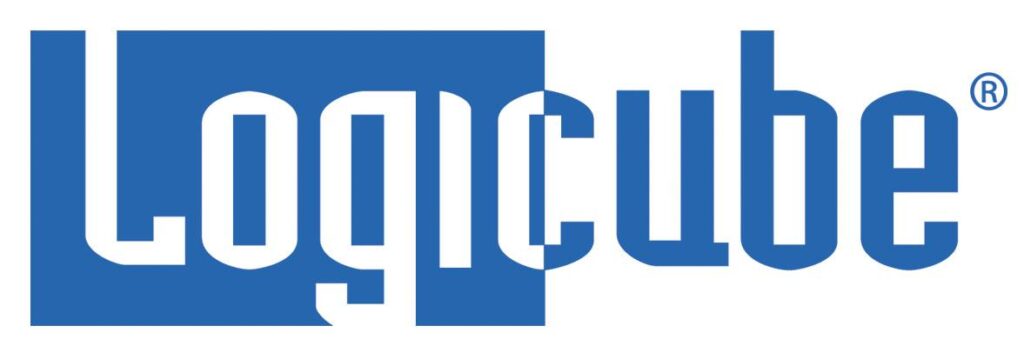The news this week that search giant Google completed its acquisition of smart-home device maker NEST prompting at least one news outlet to proclaim that the “New Internet of Things Wave” has been set in motion. (Umm…new?) But there’s a cautionary note in the business headlines: news that Verizon shuttered its Verizon Home Monitoring service. Matt Hamblen over at Computerworld.com has the news and the confirmation from Verizon, which launched in 2012 and was designed to sink that company’s hooks deeper into wired homes. Verizon provided a common hardware platform for home automation and entertainment systems to plug into and talk to each other. Users could manage devices remotely from their computer, mobile device or from their televisions using FiOS TV. It comprised video surveillance, environmental control and physical security. In commercials, Verizon trumpeted it as the “ultimate 21st century green energy home control.” Verizon charged users $10 a month […]
cameras
FTC Approves Settlement Over Leaky Surveillance Cam
The US Federal Trade Commission (FTC) announced on Friday that it has approved a settlement with TRENDnet, Inc. over lax security features in its line of SecurView cameras. The FTC said on Friday that it has approved a final order settling charges against the company, whose cameras were found to be poorly secured against external attackers, who could access them and use them to spy on the homes and private lives of hundreds of consumers. [See also: Apple Store Favorite IZON Cameras Riddled with Holes] The FTC complaint stems from a February, 2012 case in which independent security analysts with the web site Console Cowboys published details on how a firmware flaw allowed authentication for Internet-connected SecurView cameras to be bypassed, giving any Internet user (with the know-how) the ability to view the surveillance camera’s live feed. The Commission first announced a settlement with TRENDnet, a Torrance, California company, in September of […]
Google Patent: Video Mob Sourcing Spots Public Gatherings
Google is adding to its arsenal of creepy, Big Data tools with crowd sourcing technology that can identify public gatherings and other events that draw spectators. The company has applied to the US government for a patent on what is described as a method for “inferring events based on mob source video,” according to the Web site Public Intelligence. The technology uses video clips submitted by Google users (to YouTube, etc.) to infer that “an event of interest has likely occurred.” The technology surveys time- and geolocation stamps on the videos to correlate the activities of individuals who might be part of a gathering. The Patent, US2014/0025755 A1, was published on January 23, 2014 and lists Google Inc. as the Assignee and Ronald Paul Hughes as the inventor. It claims the technology, dubbed “mob sourcing” will allow Google to correlate video and images to infer the existence of groups (i.e. a public […]
Can Google Hold Back Facial Recognition For Glass?
The New Yorker blog has an interesting, short piece by Betsy Morais on the challenges posed by facial recognition and wearable technology that’s worth reading. The post, “Through a Face Scanner, Darkly” picks up on recent reports about a proliferation of facial recognition applications for the Google Glass platform, addressing the ethical implications of the intersection of wearable technology with powerful sensors and analytics capabilities, including facial recognition. Specifically, Morais zeros in on an app called NameTag that adds a face scanner to the Glass. “Snap a photo of a passerby, then wait a minute as the image is sent up to the company’s database and a match is hunted down. The results load in front of your left eye, a selection of personal details that might include someone’s name, occupation, Facebook and/or Twitter profile, and, conveniently, whether there’s a corresponding entry in the national sex-offender registry,” Morais writes. NameTag’s focus […]
In Next Phase: Web Tracking Cookies Grow Legs
It’s easy to focus on the low hanging fruit in the Internet of Things revolution – the Internet-connected thermostats, connected vehicles and lawn sprinklers that you can manage from the Web. But the biggest changes are yet to come – as powerful, wearable technology, remote sensors and powerful data analytics combine to map and record our every waking (and sleeping) moment. I got a glimpse of that reading this article over at the blog StreetFightMag.com, a site that concentrates on the hyperlocal marketing sector. Hyperlocal was a big thing about six or seven years ago, as online media outfit (and their advertisers) decided that consumers were losing interest in the thin gruel that online mass-media provided, but remained intensely interested in local news and affairs. Alas, capitalizing on the relatively small-scale opportunities in ‘hyperlocal’ proved harder than anyone thought, as this week’s decision to shutter AOL’s remaining Patch web […]






